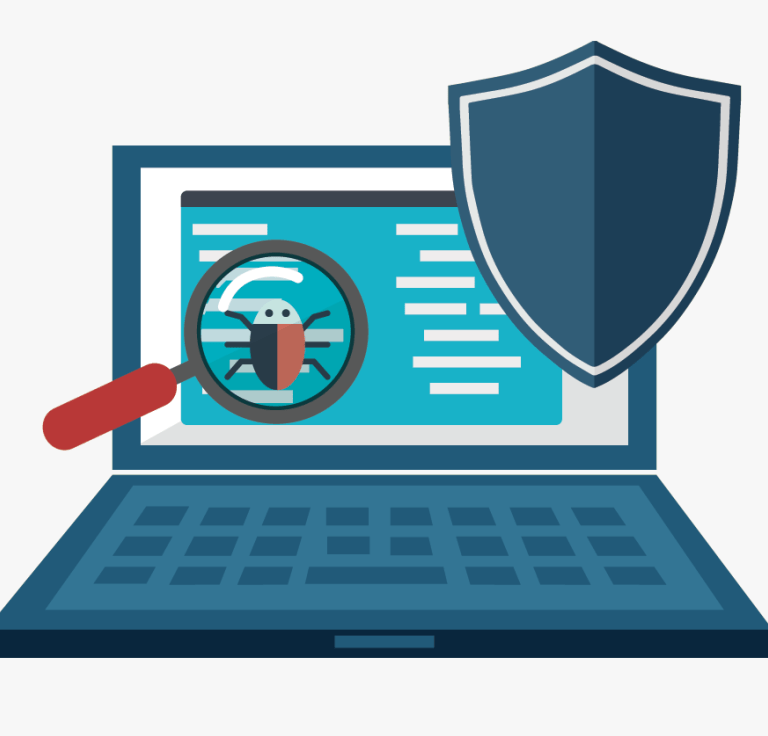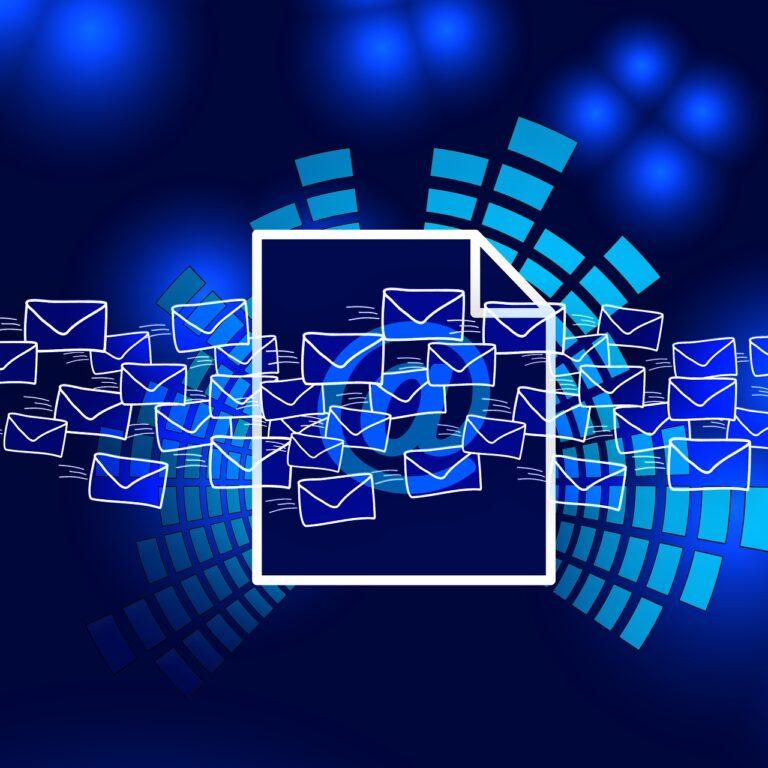Free email vs paid for email
If you are looking for a reliable and secure email service, you might be wondering whether you should opt for a paid for email or a free email provider. There are pros and cons to both options, but in this blog post, we will focus on the benefits of paid for email and why it might be worth the investment.
Here are some of the advantages of using a paid for email service:
– More storage space: Free email providers usually have a limited amount of storage space for your emails and attachments. This can be problematic if you need to send or receive large files, or if you want to keep your emails for a long time. Paid for email services typically offer more storage space, ranging from a few gigabytes to unlimited, depending on the plan you choose. This means you can store more emails and access them whenever you need them.
– Better security: Free email providers may not have the best security measures in place to protect your data and privacy. They may use your personal information for advertising purposes, or share it with third parties without your consent. They may also be more vulnerable to hacking, phishing, spam, and malware attacks. Paid for email services usually have more robust security features, such as encryption, two-factor authentication, anti-virus, anti-spam, and backup options. They also have more control over their servers and data centers, and they do not sell or share your data with anyone.
– More customization: Free email providers often have a generic and bland interface that does not allow much customization. You may not be able to change the layout, colors, fonts, or themes of your email account. You may also have limited options for managing your contacts, calendars, tasks, and notes. Paid for email services usually have more flexibility and functionality when it comes to personalizing your email experience. You can choose from different templates, themes, and designs, and customize them to suit your preferences. You can also integrate your email account with other apps and tools that you use regularly, such as Google Drive, Dropbox, Slack, or Zoom.
– More professionalism: Free email providers often have unprofessional domain names that do not reflect well on your personal or business image. For example, using an email address like johnsmith@gmail.com or jane.doe@yahoo.com may not look very credible or trustworthy to your clients, customers, or employers. Paid for email services allow you to use your own domain name for your email address, such as john@smith.com or jane@doe.com. This can help you create a more professional and consistent brand identity, and enhance your reputation and credibility.
– More support: Free email providers may not offer much support or assistance if you encounter any issues or problems with your email account. You may have to rely on online forums, FAQs, or automated responses that may not be very helpful or timely. Paid for email services usually have dedicated customer support teams that are available 24/7 via phone, chat, or email. They can help you resolve any technical difficulties, answer any questions, or provide any guidance that you may need.
As you can see, there are many benefits of using a paid for email service over a free email provider. Of course, this does not mean that free email services are useless or inferior. They can still serve as secondary or backup email accounts, or as personal or casual email accounts. However, if you are looking for a more reliable, secure, customizable, professional, and supportive email service, you might want to consider investing in a paid for email service.







